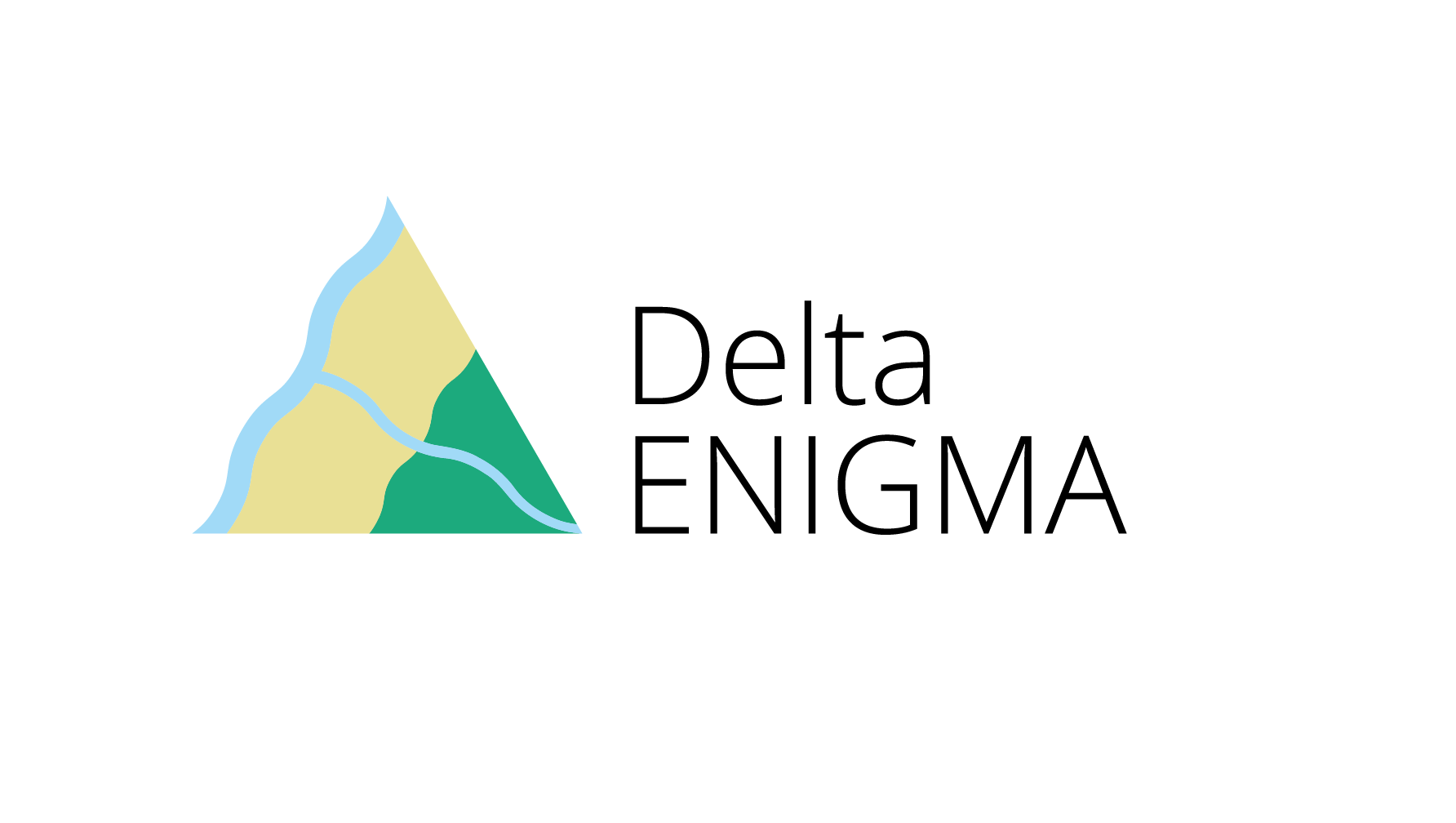Folder Structure#
Overview#
This document outlines the standardized folder structure for sensor data storage within the iRODS data platform. The structure is designed to organize research data hierarchically, from institutional level down to individual data files, ensuring consistent and clear organization across all research projects.
Interactive Path Generator#
Use our interactive tool to generate standardized file paths and folder structures for your data:
Delta Enigma Path Generator
Use this tool to generate standardized file paths and folder structures for your data.
Folder Structure Details#
Complete Path Example#
Research/
└── research-uu/
└── WP3/
└── zandmotor/
└── raw-data/
└── camera/
└── camera1/
└── 2024/
└── May.26/
└── May.26.2024.zandmotor.camera1.raw-data.jpg
Hierarchy Levels#
Root Level
Research/: Top-level directory for all research data
Institution Level
research-uu/: Institution-specific directoryFormat:
research-{institution-code}
Work Package Level
WP3/: Work package identifierFormat:
WP{number}
Location Level
zandmotor/: Geographic or site-specific locationFormat:
{location-name}
Data Classification
Distinguishes between different data processing stages
Available categories:
raw-data/: Unprocessed data directly from sensorsprocessed-data/: Data that has undergone processing or analysispublished-data/: Final, published versions of datasets
Sensor Type
camera/: Type of sensor or data collection deviceFormat:
{sensor-type}
Device Instance
camera1/: Specific device identifierFormat:
{sensor-type}{number}
Temporal Organization
2024/: Year147_May.26/: Day folderFormat:
{day_of_year}_{month}.{day}
File Naming Convention#
Pattern#
{unix_timestamp}.{human_readable_datetime}.{location}.{device_id}.{data_type}.{extension}
Example#
1716706803.Sun.May.26_07_00_03.UTC.2024.zandmotor.camera1.raw-data.jpg
Components#
1716706803: Unix timestampSun.May.26_07_00_03.UTC.2024: Human readable date and timezandmotor: Location identifier (lowercase)camera1: Device identifier (sensor type + number)raw-data: Processing stagejpg: File extension (lowercase)
Implementation Options#
Web Tool#
The interactive web tool (shown above) provides the easiest way to generate paths and filenames. It’s ideal for:
Quick path generation
Interactive exploration of the structure
Immediate feedback on generated paths
Python Script#
For programmatic or command-line usage, a Python script is available:
Download: generate_path.py
Run in interactive mode:
python3 generate_path.py --interactive
Follow the prompts to enter your data
Features:
Interactive prompts with sensible defaults
Date validation
Option to create directory structure
Both interactive and non-interactive modes
Clear output of generated paths and filenames
Best Practices#
Folder Names
Use lowercase letters
Use hyphens for spaces
Follow the hierarchical structure strictly
File Names
Include all required components
Use consistent formatting
Follow the established pattern
Data Organization
Keep raw data separate from processed data
Use appropriate data classification
Maintain consistent temporal organization
